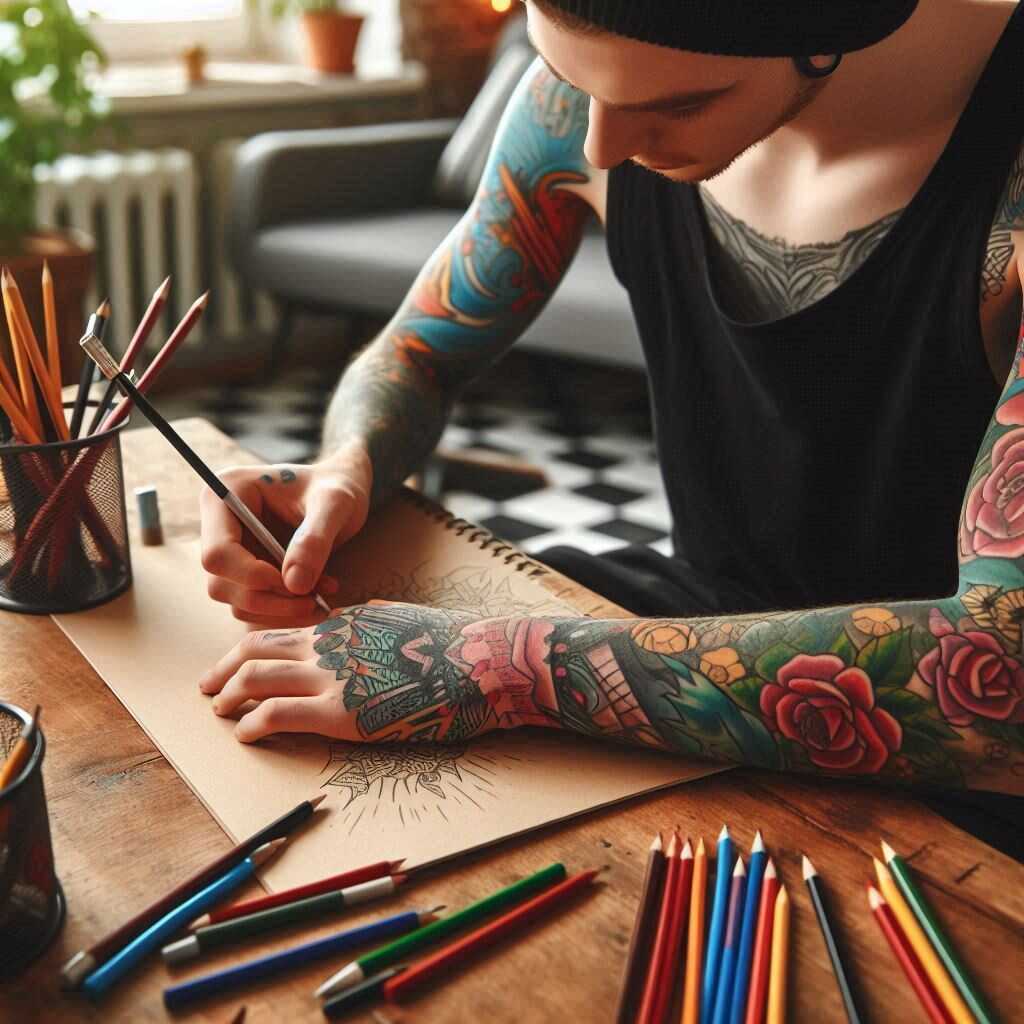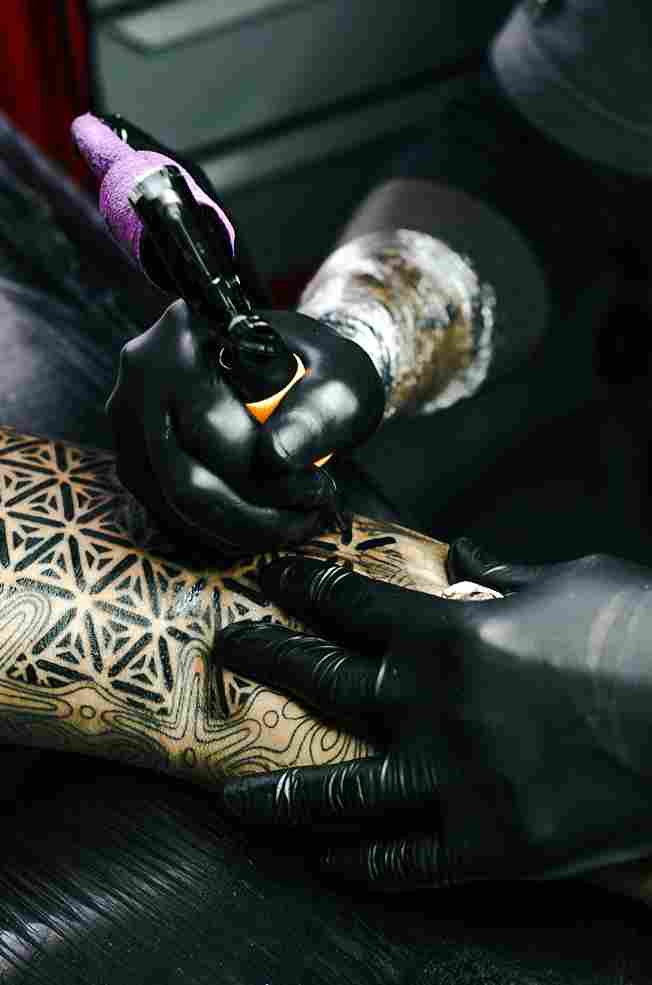Step-by-Step Manual to Designing Your Tattoo


Introduction to Tattoo Designing
A well-designed carries a deep meaning and importance for both the man or woman and society. It is a way to identify oneself, regularly reflecting on personal beliefs, life evaluations, or valuable recollections. While a design is cautiously considered, it ensures that the tattoo definitely connects with the wearer’s identity and story.
Moreover, an excellent layout takes into account the position of the body, the scale, and the style, which can all be crucial for the way it’s going to look and last through the years. For instance, elaborate facts can blur or fade if they are not well-sized for the chosen frame aspect. A thoughtful design no longer only looks splendid but additionally stands the test of time, retaining its clarity and impact as the years move by.
Artistic Expression and Aesthetics
A design needs to be desirable for understanding its most private meaning and symbolism because it’s a permanent mark that conveys deep meaning to our lives. It is able to represent our electricity, lifestyle-changing activities, or maybe something you maintain. Many humans pick out tattoos to monumentalize vital occasions and maintain great emotional value. Innovative presentation and aesthetics can also play a role in tattoo design, permitting customers to exhibit their unusual style or love of art. Comprehending these factors creates a significant and verbally attractive tattoo layout with the purpose of lasting until existence ends.
Deciding on the right placement
The location of your tattoo is critical in figuring out not only its visual effect but also your consolation at some stage in the tattooing process and how the tattoo has aged over time.
Thinking about visibility and pain tolerance
ache tolerance is any other key component. Special regions of the body enjoy varying stages of ache for the duration of the tattooing technique. Areas with greater bone or much less fat, just like the ribs, toes, and hands, are commonly extra painful . Conversely, regions with extra muscle or fat, just like the upper arm or thigh, tend to be less painful.
Effect of length on placement
The scale will extensively impact where it must be located. Big designs want sufficient area to be absolutely liked, making regions just like the back, chest, or upper arm perfect.
Symmetry and go with the flow with the frame’s natural traces
A well-placed your body’s natural lines and curves. Symmetry is specifically vital in case you’re getting tattoos on both sides of your frame, which include matching designs on your wrists or legs. Additionally, the tattoo’s flow ought to supplement the movement and form of the frame element it’s on.
Traditional vs. contemporary patterns
Traditional, known for their bold traces and confined color palette, have an undying appeal. They frequently feature classic imagery like roses, skulls, and anchors. Present-day styles, then again, explore a broader variety of strategies and subjects, from photorealism to summary art. Your desire for fashion will depend on your personal taste and the message you want to deliver.
Realism, summary, and geometric designs
Realism tattoos aim to copy life-like photographs, consisting of pictures or landscapes, with a first-rate element. Abstract designs, through comparison and recognition of shapes, colors, and patterns that may not immediately represent something, however, evoke certain feelings or ideas. Geometric use easy strains and shapes to create difficult styles or representations of herbal paperwork like animals or vegetation.
Black and gray vs. color
The choice between black and gray or shade is another important one. Black and gray are often selected for their timeless and complex appearance, just as color tattoos can add vibrancy and electricity to a layout. The fashion you choose must mirror your personality and the emotion you want your tattoo to convey.
Sketching your ideas
With your style and placement determined, it’s time to start sketching your layout.
Running with a tattoo artist vs. DIY design
Some people choose to create their own designs, while others collaborate with an expert tattoo artist. If you’re artistically willing, sketching your personal tattoo can make it even more non-public. But working with a artist ensures that the design is technically sound and may be effectively translated onto the skin.
The usage of sketchbooks and tattoo design apps
Whether or not you’re designing on your own or running with an artist, sketchbooks and tattoo design apps are treasured tools. These permit you to experiment with distinct ideas, refine your standards, and notice how the design would possibly look on numerous parts of your body.
Recommendations for refining your initial sketch
Your preliminary sketch is just the start line. Take time to refine the layout, taking note of information like line thickness, shading, and percentage. Don’t hesitate to make adjustments until you’re absolutely happy with the end result.
Information about the artist’s input and advice
An awesome tattoo artist will provide remarks on your layout, suggesting modifications that may beautify its appearance or make it simpler . Believe in their know-how, but additionally, make sure the final design stays true to your imagination and prescience.
For more information visit our website‘
buy anything from Amazon